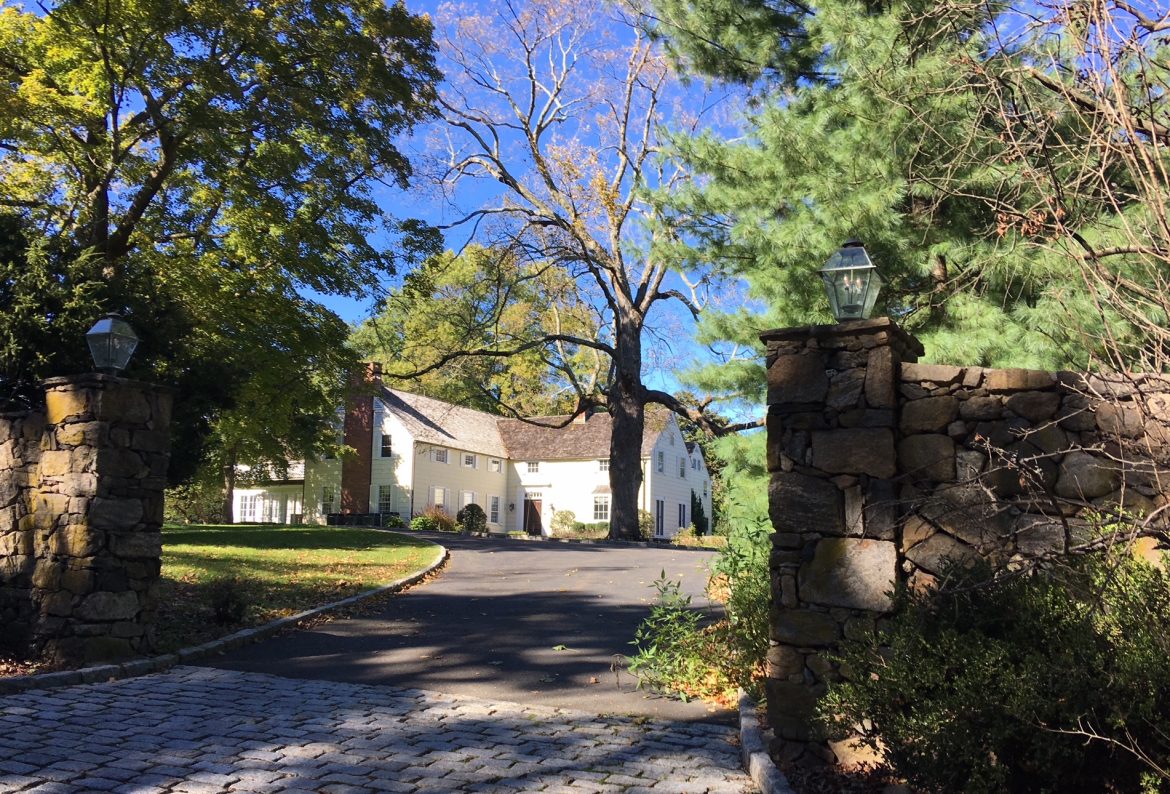Saying a widely discussed ca. 1928-built house on the corner of Weed and Elm Streets fails to meet the criteria spelled out in a local ordinance, members of a town committee last week voted against imposing a 90-day demolition delay on the structure.
The Historical Review Committee during a special meeting at Town Hall voted 3-0 to forgo imposing the demo delay at 751 Weed St., site of a planned 120-unit residential development.
“My view after hearing what fellow commissioners have said, and my own view of this, is that I don’t see this as a particularly—it doesn’t seem to fit into any of the three categories of the ordinance that empowers this committee and sets forth specifically the criteria that we are supposed to consider,” Committee Chair Frederick Whitmer said during the June 29 meeting.
He continued, “The first being that there’s some event that’s associated with the building. I don’t see that. Secondly, that it is somehow associated with someone of significance, either state, nationally or locally, to the property. And the last really relates to the—I won’t describe it as ‘uniqueness’—but as to the specific qualities of the building that make it culturally or historically or architecturally important and worthy of continuing its existence, as opposed to its demolition.”
Whitmer and Committee members Ed Vollmer and Mark Markiewicz voted against imposing a 90-day delay on its demolition. Committee member Marty Skrelunas was absent.
The appointed body met following receipt of a letter from town resident Mimi Findlay, objecting to the demolition.
Under Section 12A-9 of the Town Code, the Historical Review Committee “shall review and decide all pertinent objections within 15 days of receipt of the objection by the Building Official. If the Committee fails to notify the Building Official of its decision within such fifteen-day period, or if the Committee makes a written finding that the structure is not of an age, style, condition or character that is of historical, architectural or cultural significance to the Town of New Canaan, then the Building Official shall issue the demolition permit, provided the time for filing objections has passed, and provided that all other requirements of the State Demolition Code have been satisfied.”
Findlay attended the meeting. She called the house an example of “Colonial Revival” architecture.
“I think the Colonial Revival period in New Canaan is completely unstudied and we had a number of New York architects who did amazing things out here, just charming, lovely,” Findlay said. “Half of them I think have been torn down. But the Colonial Revival movement was very strong in Connecticut, as you can imagine.”
Findlay conceded that it’s unclear whether the house itself was designed by a well-known architect named Ralph Walker, saying the only way to find out definitively would be searching through his papers.
Whitmer said he had two issues with the open question regarding Walker.
“For what Mr. Walker is due, what he is famous for is not visible in this house,” Whitmer said. “It’s not Art Deco by any measure at all, and candidly the evidence that this is a Walker design purely is lacking.”
Committee members also appeared to refer to the planned 8-30g affordable housing development at 751 Weed.
Markiewicz said, “It’s a difficult problem. We have to totally disassociate ourselves from any issue of what it may become or what its future may be. That’s not our focus.”
Whitmer added, “In point of fact, our consideration has nothing to do with future of the property except to the extent that we have concluded on the basis of the authority we have under Section 9 of the ordinance to preserve it in situ.”
